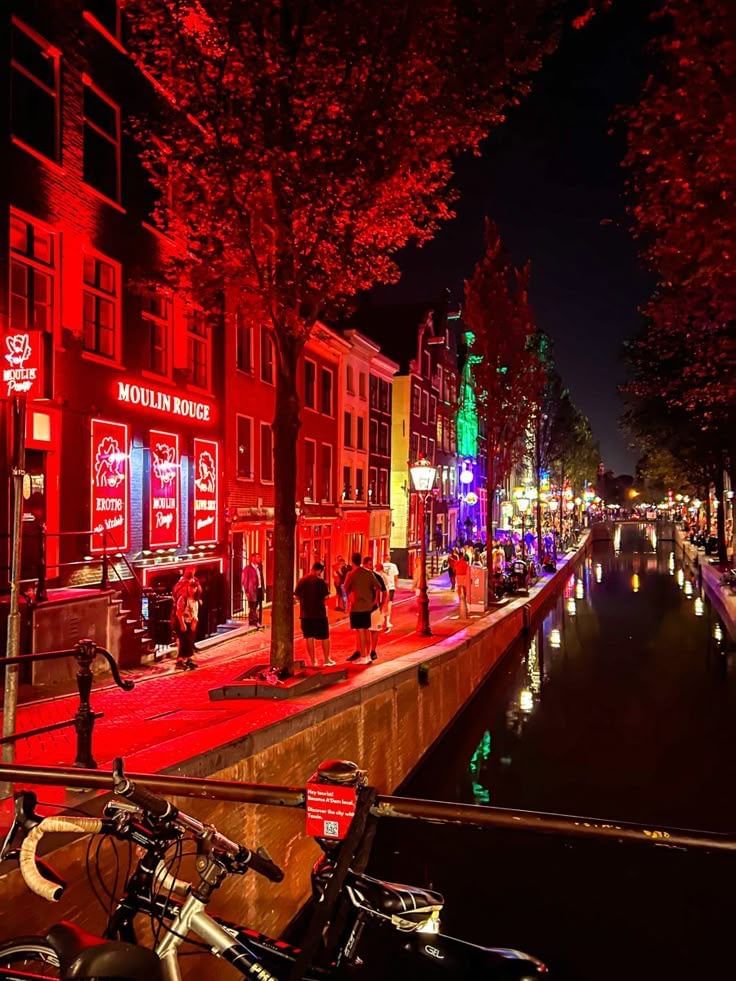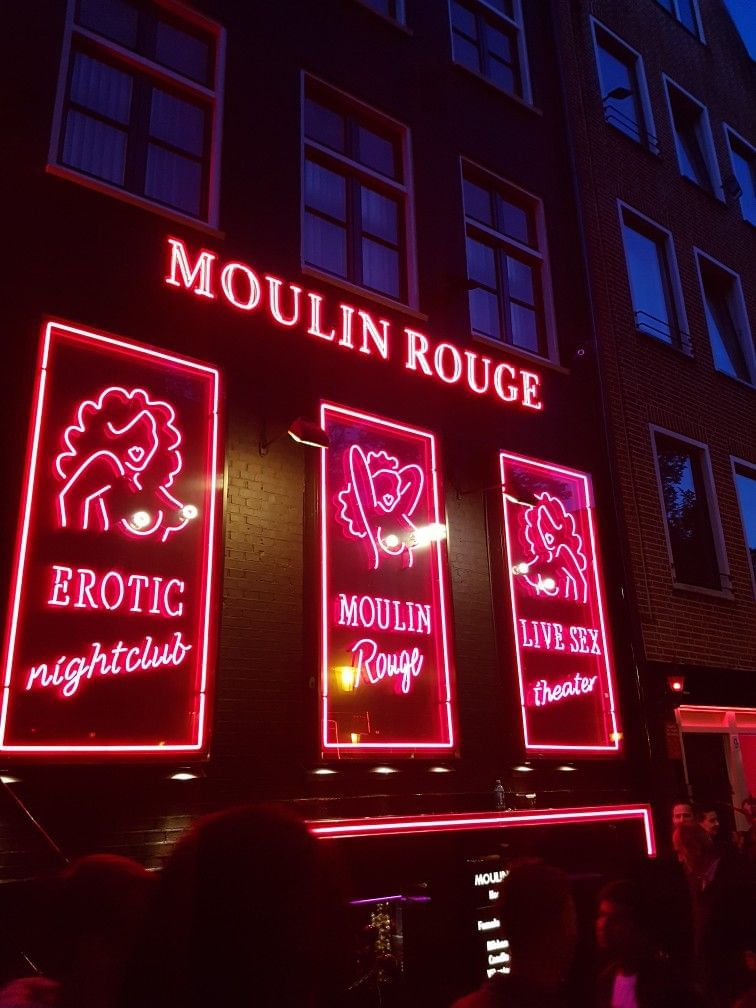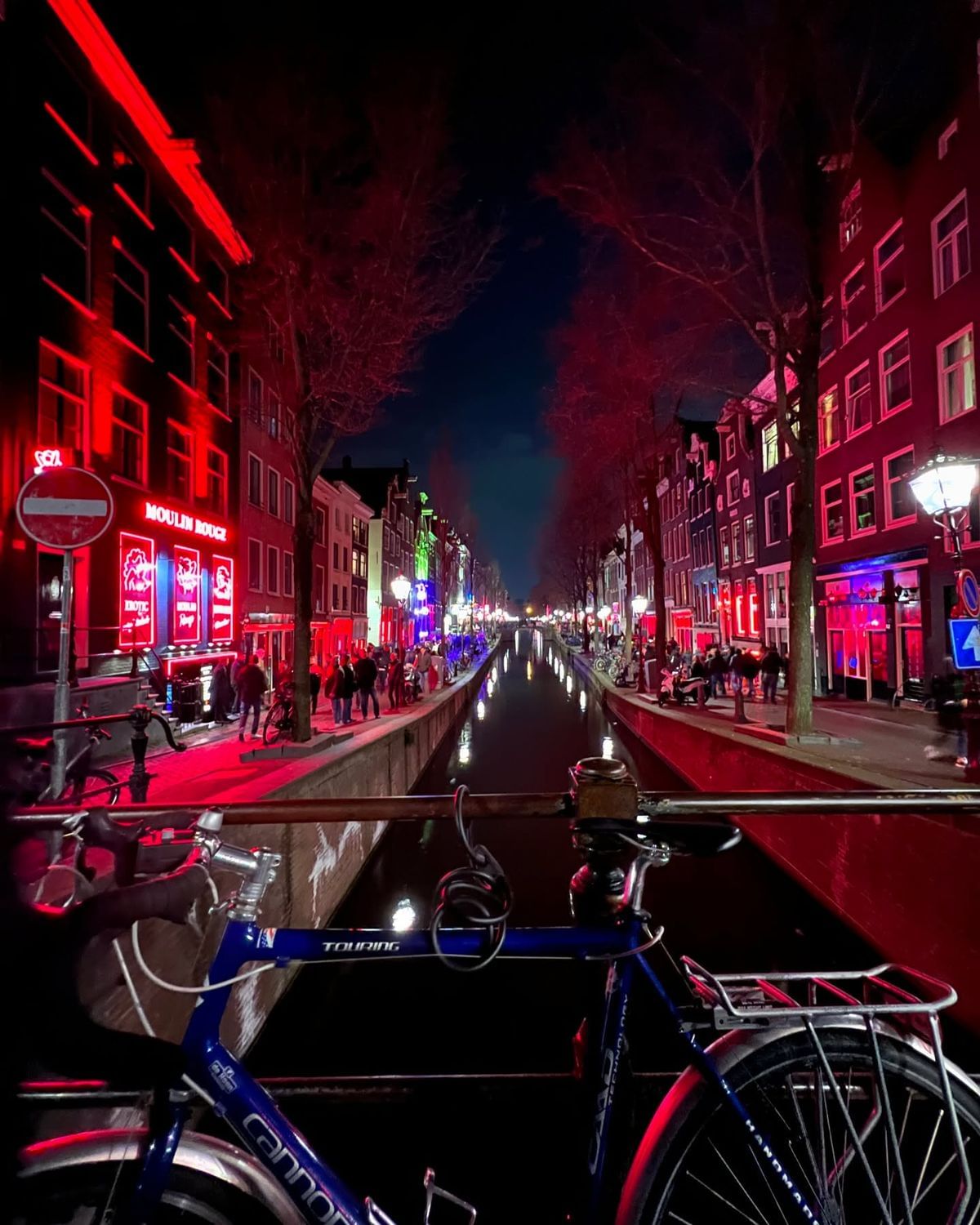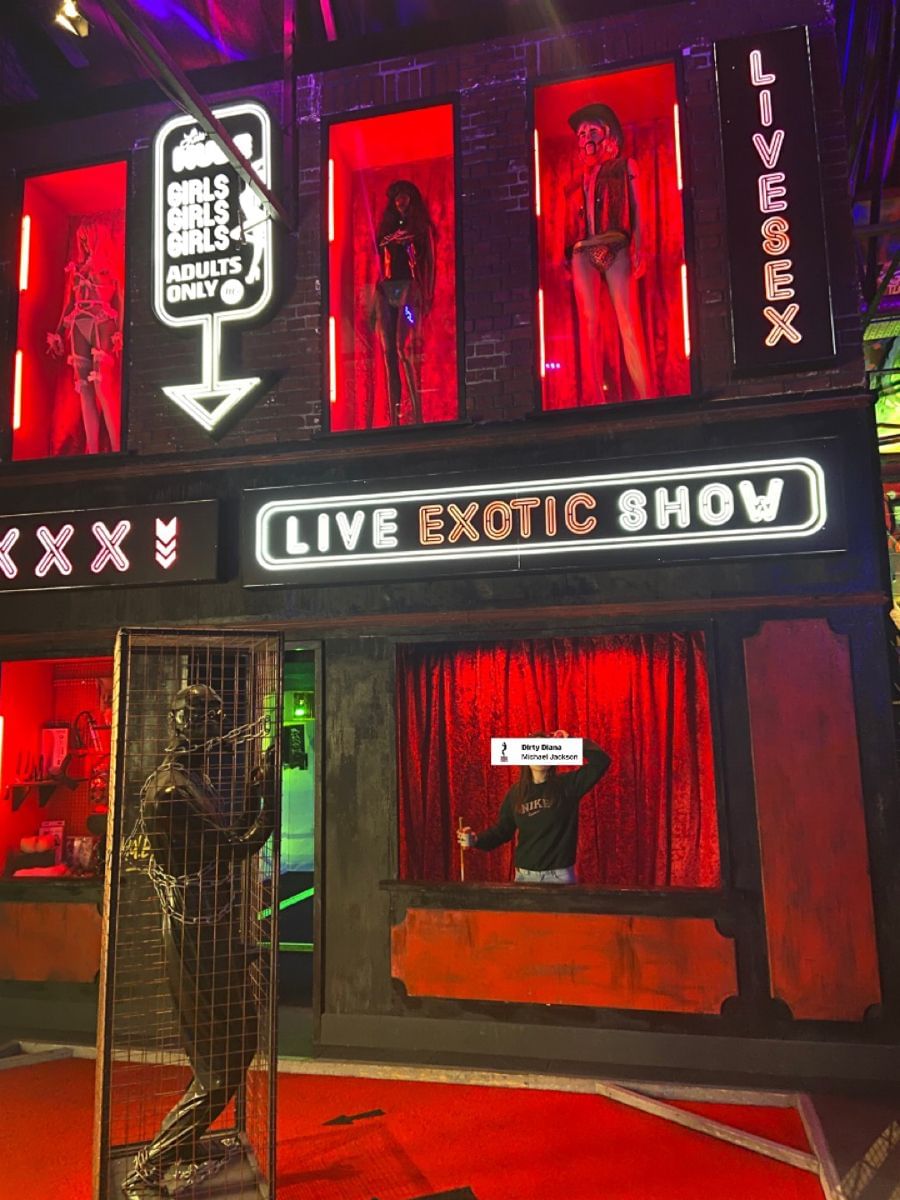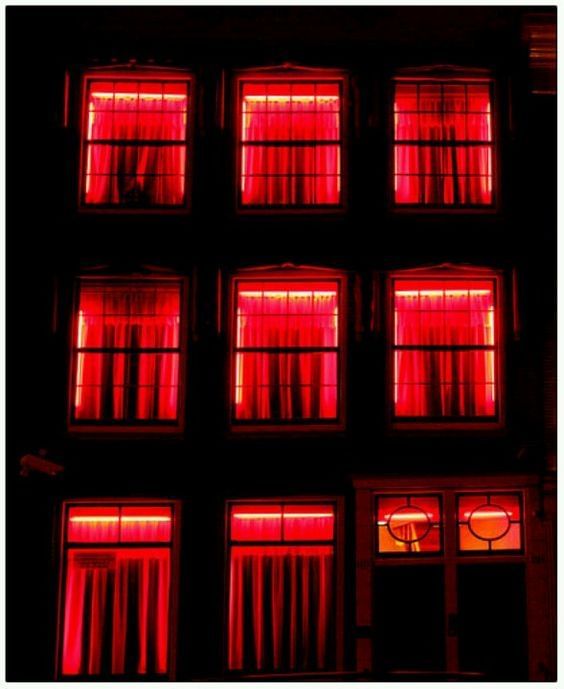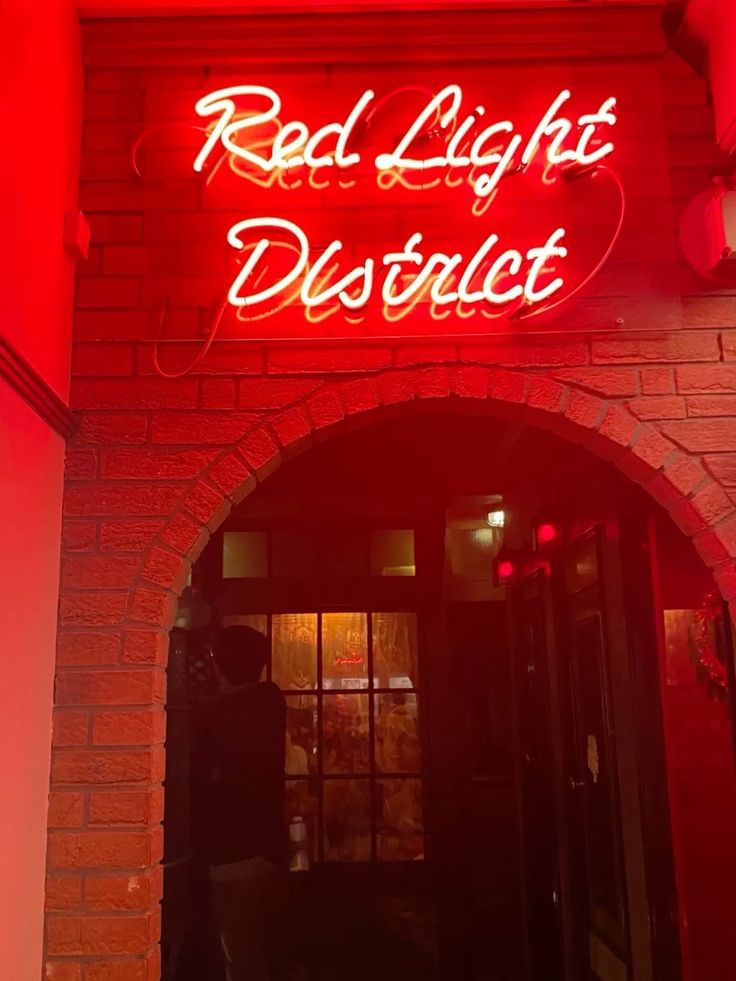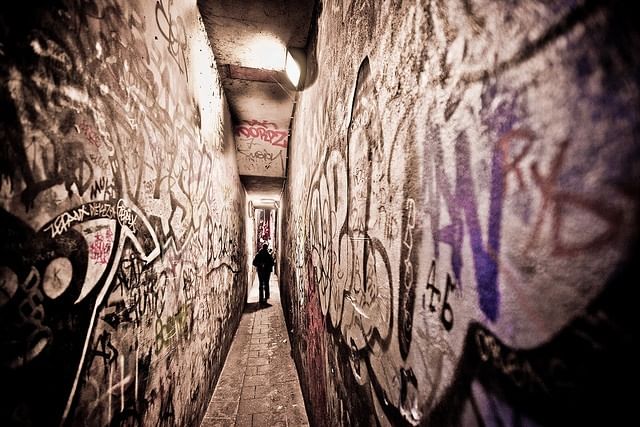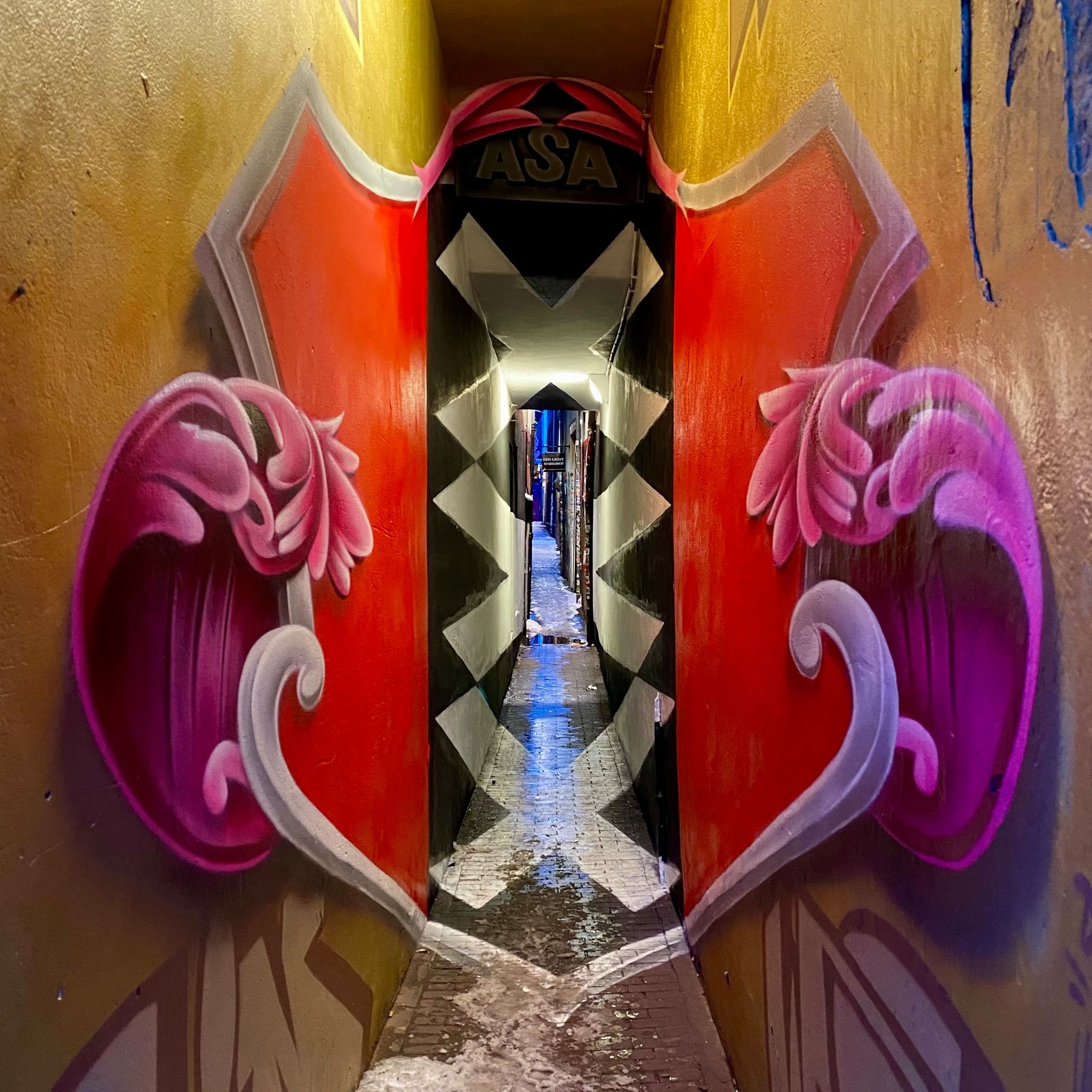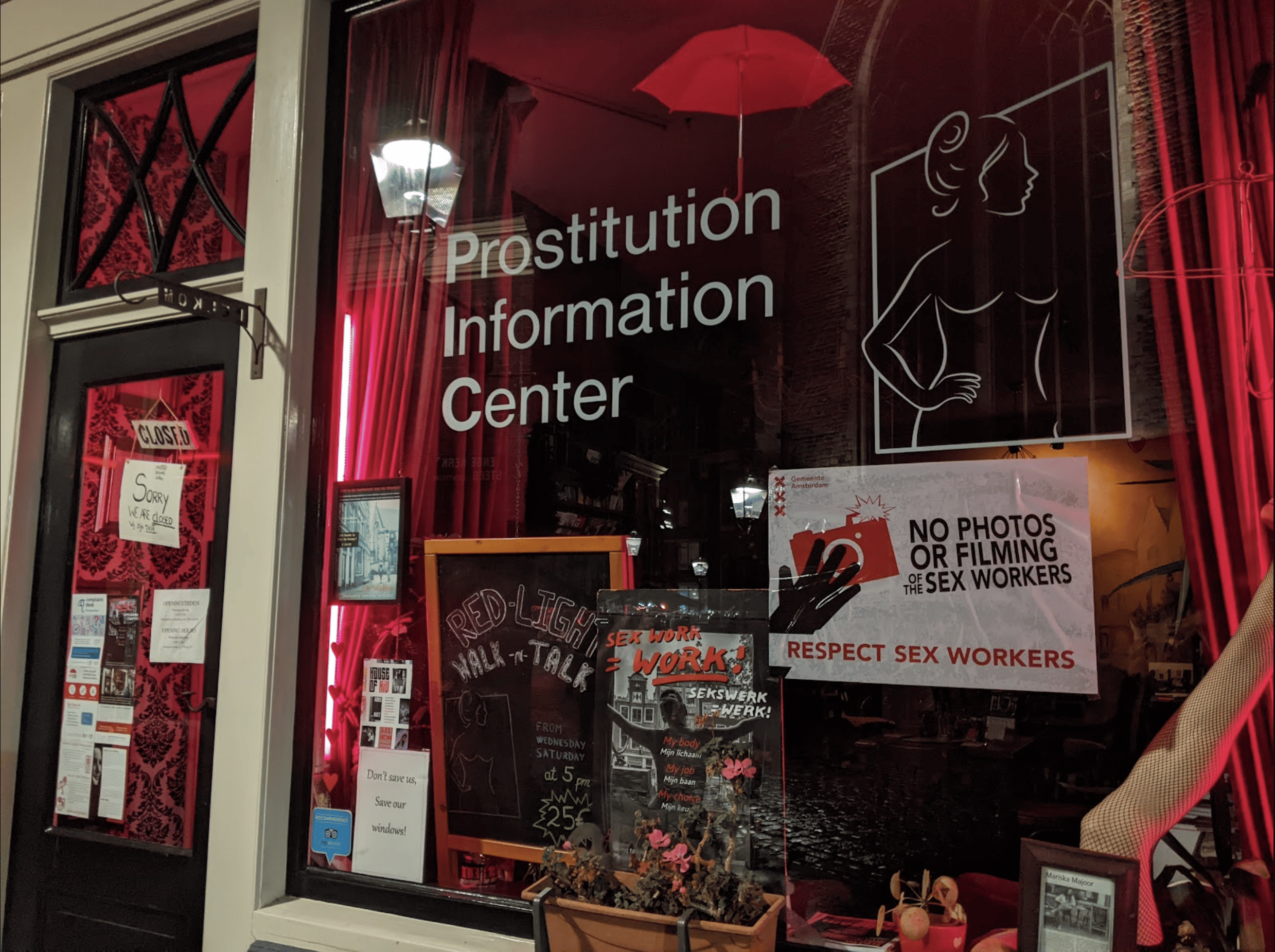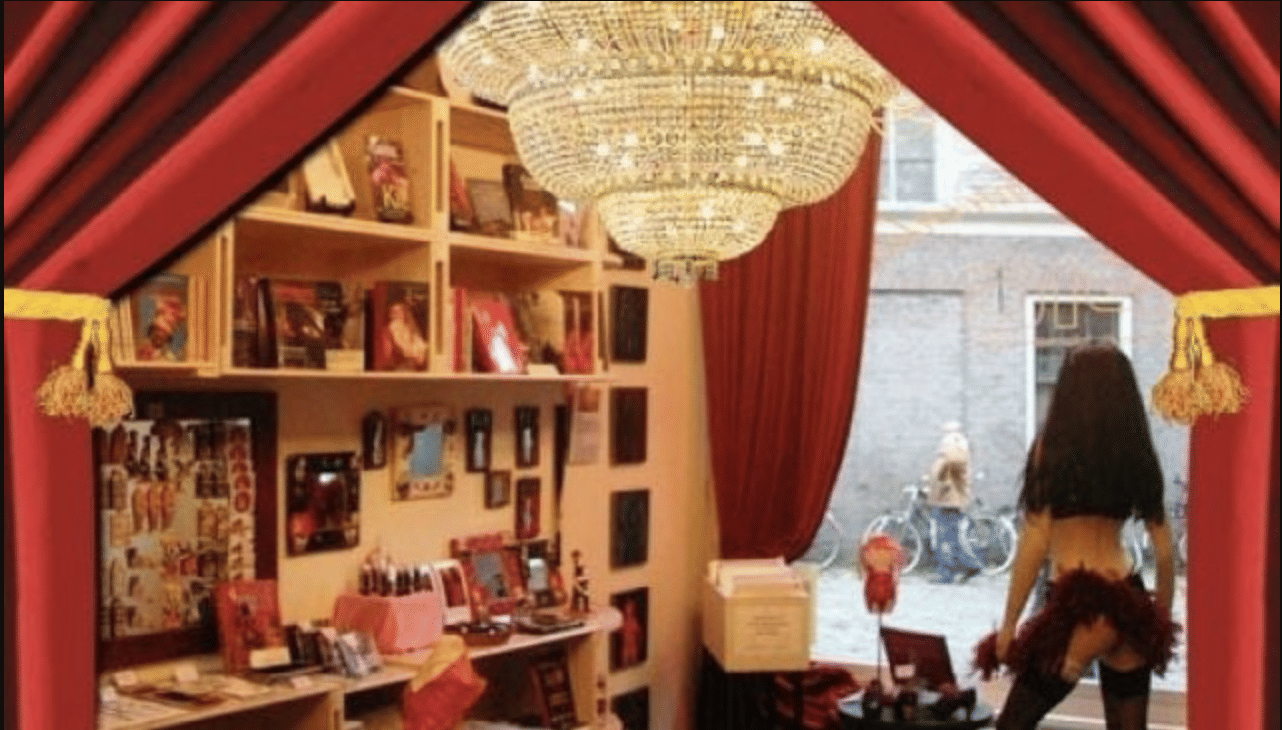Red Light District History & Culture Tour: Beyond the Neon
Learn the real history behind Amsterdam's Red Light District. Hosted intro at House of Stapel café, then self-guided walk exploring law, culture, and community. Educational, respectful.
Highlights
- 📚 Learn real history and law behind Amsterdam's Red Light District
- ☕ Hosted introduction with complimentary drink at House of Stapel café
- 🗺️ Self-guided walk using Red Light District Maps app (no download)
- 🎧 Audio stories, context, and trivia at each landmark
- 🏛️ Visit Oude Kerk (Old Church), Belle Statue, iconic canals
- 🤝 Respectful, educational approach — not voyeuristic
- 👥 Small group intro (max 10), then explore at your own pace
- 🌃 Evening departure (6 PM or 8 PM) when district is most authentic
See beyond the neon — understand the neighborhood
Amsterdam's Red Light District is one of the world's most photographed, misunderstood, and controversial neighborhoods. Most visitors either avoid it completely or walk through gawking without context.
This tour offers a third path: understanding De Wallen through history, law, culture, and community rather than voyeurism or judgment.
You'll begin with a hosted introduction at House of Stapel, a cozy brown café where your local host provides crucial context over complimentary coffee or soft drink. Then you'll explore the district at your own pace using our Red Light District Maps web app — audio stories, historical context, and respectful guidance at each landmark.
This isn't a party tour. This isn't a pub crawl. This is cultural education about a neighborhood where medieval history, progressive policy, entrepreneurship, and human stories intersect in ways that shaped modern Amsterdam.
Why this tour matters
The Red Light District (De Wallen) is often reduced to a punchline or a curiosity. But it's actually:
- Amsterdam's oldest neighborhood — the city literally began here around Oude Kerk church
- A working community — where people live, work, worship, and raise families
- A policy experiment — representing Dutch harm reduction and regulated tolerance
- An architectural treasure — medieval buildings, canals, and urban design
- A human rights story — sex workers fighting for dignity, safety, and legal recognition
Walking through without understanding this context means missing what makes Amsterdam Amsterdam. The city's approach to prostitution (legal, regulated, pragmatic) reflects the same philosophy behind coffeeshop policy, drug education, and LGBTQ+ rights: harm reduction over prohibition, dignity over judgment.
This tour provides the framework to see the neighborhood as locals do: not as a spectacle, but as a complex community navigating difficult questions about work, safety, autonomy, and regulation.
How it works: hosted intro + self-guided exploration
Hosted Introduction at House of Stapel (15 mins)
Meet your local host at House of Stapel brown café, steps from the Red Light District but outside the chaos. Over complimentary coffee, tea, or soft drink, they provide essential context:
Historical Evolution:
- Medieval origins around Oude Kerk (Old Church)
- Why sailors and sex work created this neighborhood
- How Amsterdam's Golden Age wealth shaped De Wallen
- 20th-century criminalization vs. 21st-century legalization
- Modern challenges: trafficking, gentrification, community tension
Legal Framework:
- How sex work is regulated in the Netherlands
- Licensing, taxation, health requirements
- What's legal vs. illegal (key distinctions)
- Police presence and worker protection
- Why window prostitution exists (visibility = safety)
Cultural Context:
- Dutch pragmatism and harm reduction philosophy
- How this neighborhood shaped Amsterdam's identity
- The Belle statue and sex workers' rights movement
- Community organizations and support systems
- Why locals want respect, not judgment
Respectful Guidelines:
- Where photography is absolutely forbidden
- How to walk through without being disrespectful
- Understanding "no means no" in every context
- Why this is someone's workplace and neighborhood
- Cultural etiquette that demonstrates you understand
This 15-minute conversation transforms how you see the neighborhood. Your host answers questions honestly, provides nuance that guidebooks skip, and prepares you to explore thoughtfully rather than gawk.
Self-Guided Route with Web App (1 hour)
After the intro, you continue independently using our Red Light District Maps web app (no download/login required, works in any browser). The app provides:
- Walking route connecting key landmarks
- Audio stories at each location (plug in headphones)
- Historical photos and context
- Trivia and lesser-known facts
- Respectful photography guidelines
- Estimated timing for each stop
You control the pace completely. Want to spend 20 minutes at Oude Kerk? Go ahead. Ready to move quickly through crowded Oudezijds Achterburgwal? That's fine. The self-guided format means you're never waiting on others or being rushed.
Your route through De Wallen
Stop 1: Oude Kerk (Old Church) — 10 mins
Amsterdam's oldest building (1306) sits literally in the heart of the Red Light District. This juxtaposition — sacred and profane, medieval and modern — defines the neighborhood.
What you'll learn:
- Why the city grew around this church
- How sex workers and clergy coexisted for centuries
- The "tax office" function churches served
- Belle Statue memorial in the churchyard (tribute to sex workers)
- Architecture and medieval urban planning
What to notice: The church tower visible from everywhere in De Wallen, the medieval street pattern radiating outward, the prostitution windows literally surrounding the church (symbolism locals find fascinating).
Stop 2: Oudezijds Achterburgwal Canal — 15 mins
The iconic red-lit windows. This is the image everyone knows, but now you understand the context.
What you'll learn:
- Why window prostitution exists (visibility = safety, control)
- How licensing and regulations work
- What the red lights actually mean (available/occupied)
- The economics of window rental and sex work
- Safety mechanisms and police presence
What to notice: The architecture behind the windows (beautiful canal houses, medieval buildings), the mix of businesses (cafés, shops, regular apartments), the community that exists beyond the spectacle.
Photography note: This is where respect matters most. Windows with workers = absolutely no photos. Empty windows or wider street scenes without focusing on individuals = generally acceptable. When in doubt, don't.
Stop 3: Prostitution Information Center (PIC) — 10 mins
Run by former sex workers, this small museum/info center provides insider perspective impossible to get elsewhere.
What you'll learn:
- First-hand accounts from former workers
- Difference between choice and coercion (crucial distinction)
- Anti-trafficking efforts and worker support
- Myths vs. realities about sex work
- Books, pamphlets, and resources
What to notice: How former workers reclaim their narratives, the educational mission, the small-scale community operation. This isn't government propaganda or sensationalism — it's workers telling their own stories.
Note: The PIC has limited hours and may be closed during your visit. The app provides information regardless.
Stop 4: The Narrowest Alley (Trompettersteeg) — 5 mins
Amsterdam's narrowest street (1 meter wide) exemplifies the neighborhood's quirky medieval urban design.
What you'll learn:
- Medieval city planning and space constraints
- Why Amsterdam's streets are so narrow and winding
- How this shaped the neighborhood's character
- Urban legends and local stories
What to notice: How impossibly narrow it is, the overhead beams connecting buildings, the way medieval Amsterdam was built for walking, not vehicles.
Stop 5: Warmoesstraat — 10 mins
One of Amsterdam's oldest streets, now a mix of brown cafés, music venues, and yes, some adult businesses. This represents modern De Wallen's complexity.
What you'll learn:
- The street's 700+ year history
- How neighborhoods evolve and gentrify
- Mix of uses (residential, commercial, nightlife)
- Local businesses fighting to maintain character
What to notice: The beautiful old buildings, the variety of businesses, how "Red Light District" is a tourist label for what locals call home or workplace.
Optional: Return to House of Stapel (15 mins)
Many participants return to the café after the walk to debrief with other tour-goers, ask follow-up questions if the host is available, or simply process what they learned over a drink.
This isn't required, but the option creates closure and community.
Why the hybrid format works
Hosted introduction provides context you can't get from an app alone. Real person, real answers, real nuance.
Self-guided exploration respects that this is a sensitive environment where large tour groups feel voyeuristic and disrespectful. Independent walking means you blend in, move at your own pace, and never feel like you're part of a gawking mob.
The combination delivers education and respect simultaneously.
Who this tour attracts
This appeals to specific thoughtful travelers:
Policy enthusiasts
fascinated by harm reduction and progressive regulation
Sociology/criminology students
studying sex work and drug policy
Feminists across the spectrum (both pro-sex-work and critical perspectives benefit from understanding)
History buffs
interested in medieval Amsterdam and urban evolution
Travelers seeking understanding
over judgment or voyeurism
Netherlands residents
wanting to understand their own country's approach
Anyone uncomfortable with ignorance
— preferring knowledge over avoidance
The common thread: intellectual curiosity about complex social issues, combined with respect for the community you're visiting.
What this tour is NOT
Let's be completely clear:
❌ Not a pub crawl
or party tour
❌ Not voyeuristic
or exploitative
❌ Not judgment-free zone for misbehavior
— respect is mandatory
❌ Not entry to adult venues
or live shows
❌ Not solicitation assistance
— absolutely not
❌ Not political advocacy
for or against sex work legalization
If you're looking for a "wild Amsterdam night," this isn't it. If you want to understand a neighborhood's history and the humans who live and work there, this is exactly right.
Safety and respect guidelines
Your host emphasizes these principles:
Photography Rules:
- Never photograph workers in windows or on the street
- Wide street scenes without focusing on individuals: generally okay
- Architecture and landmarks: fine
- When uncertain: don't photograph
Behavioral Standards:
- This is people's workplace — behave accordingly
- No harassment, no catcalling, no aggressive behavior
- Keep voices down in residential areas
- Don't block walkways gawking
- Respect "no entry" and "no photography" signs
Personal Safety:
- Stay aware of surroundings (pickpockets target distracted tourists)
- Don't accept unsolicited offers or invitations
- Police presence is visible — they're there if needed
- Trust your instincts about situations
Community Respect:
- People live here — it's not a theme park
- Businesses operate here — don't disrupt
- Workers have rights and deserve dignity
- Your curiosity doesn't trump their privacy
Practical considerations
- 18+ requirement: Strictly enforced. This is adult content discussed frankly, plus legal requirement for some areas.
- Smartphone necessity: The app requires internet connection and battery. Bring power bank if your battery is unreliable.
- Headphones recommended: Audio stories work best with headphones. Quiet neighborhoods mean speaker use is disrespectful.
- Evening timing: The district comes alive at night. 6:00 PM and 8:00 PM start times mean you experience it authentically while having daylight for safety.
- Comfortable shoes: About 2km walking total over 1.5 hours. Cobblestones and canal-side paths mean dress appropriately.


